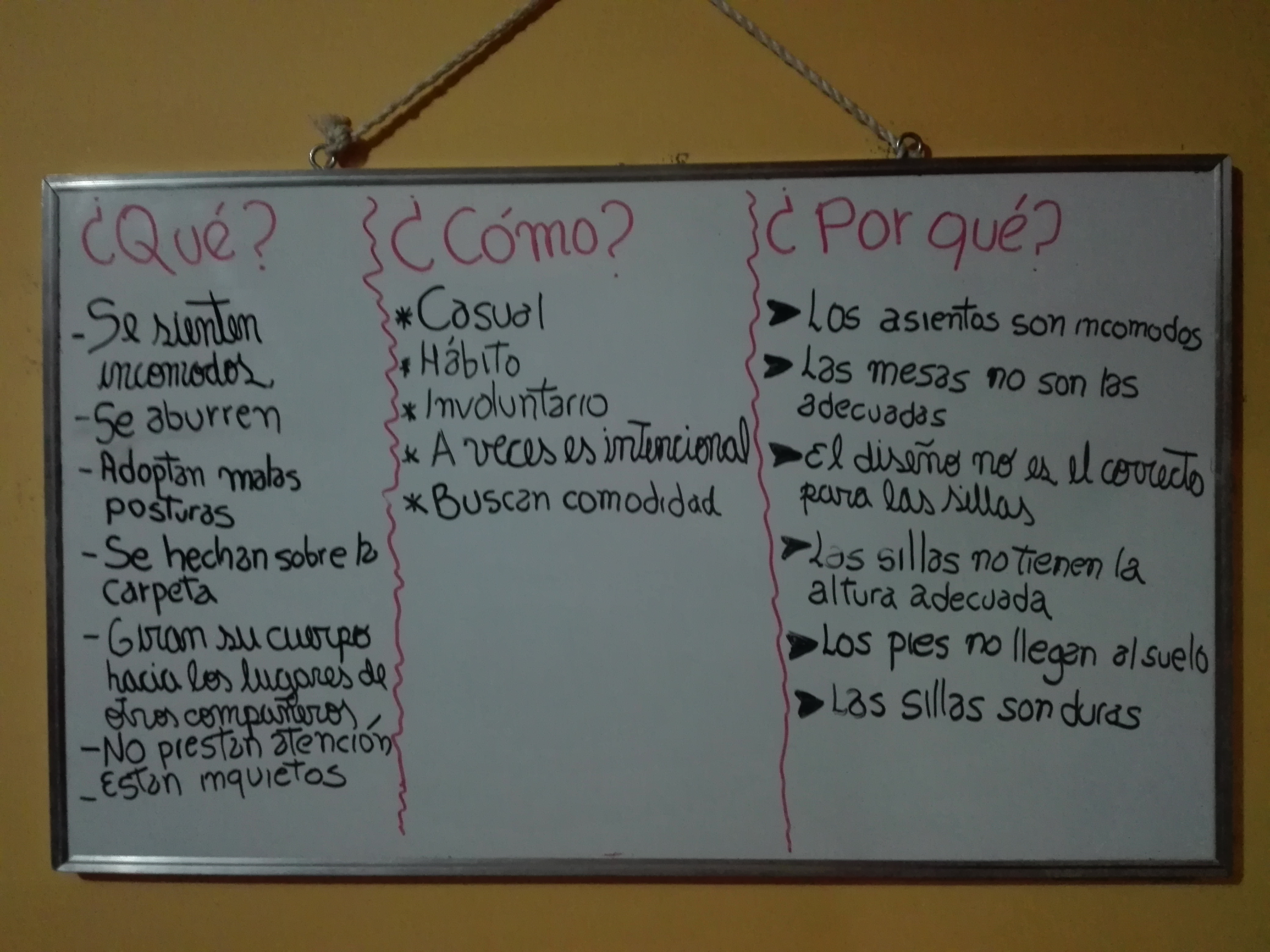Empathize and Define
In this second part of the Design Thinking methodology we will cover the second objective:
Develop empathy with users, by observing them. Therefore, it is a methodology based on observing the user.
1. Develop each stage as a team.
The five established stages are carried out as a team applying each of the techniques learned in each stage during the process:
• Discover (empathize).
First stage: use two techniques.1) Technique of What? How? Why?
2) Interview technique
a) Brainstorming
b) Tips: Ask why, encourage stories, pay attention to gestures and body language, do not be afraid of silence, do not suggest answers, ask neutral questions, do not ask binary questions, stimulate conversation, ask a question for a while, bring a recorder or video camera, ask for consent, prepare a suitable site.
• Interpret (Define).
• Idear (Idear).
• Experiment (Prototype)
• Evolve (Test).
2. They end in the established times.
The time for the first stage is 4 hours:
o Technique of What? How? Why ?: Approximately one hour and a half.
o Interview technique
Brainstorming: Approximately two hours.
3. They know each of the stages of Design Thinking.
It is a process of 5 phases which are:
• Discover (Empathize): It is the basis of the design process, it is about putting yourself in the shoes of the person for whom you are designing and empathizing in their way of thinking and feeling, you must immerse yourself in their mind and heart to understand their needs physical and emotional, who is it ?, what does it do ?, what do you like ?, what is important to him ?, why does he do it that way?
• Interpret (Define): Here we process what we learned from the user in phase one and define our opportunities for innovation, we must design a point of view or starting point this is built from the hunches of our user.
• Idear (Idear): In this stage all the ideas are valid, the evaluation will come later, now the most important thing is to generate the greatest amount and variety of possible ideas, for example with a brainstorming that is the technique par excellence to generate ideas, the best of this technique is that it drives collective thinking through conversation listening and building on other ideas must be allowed to collide and complement in an unusual way, we must turn off the serious and evaluative side of the brain and work with the generative part, we have to attract us down the door of fears, modesty conservative ideas, fear of ridicule and failure, and drop everything that comes to mind, because an idea can not be great in itself but can bring with it the idea that the team seeks , for a brainstorming to work, there must always be a person to guide and stimulate the group so that everyone is willing to go in search of ideas.
• Experiment (Prototype): Here we create tangible elements such as images, artefacts, models, storyborard or simulated activities such as scketch that allow us to approve our ideas, interact with them, debate, and get closer to the final solution. A prototype allows us to fail cheaply, fail quickly and fail often until we find the path we are looking for, and we can develop different ideas without having to compromise with any. If an image is worth more than a hundred words, a prototype is worth more than a thousand images, we create it to be able to converse with our user in front of a real object or situation and evaluate its multiple components.
• Evolve (Test): in this phase it is important to remember everything you learned during the process, that you order it and use it to improve the prototype. To achieve a human-oriented innovation your final product must be evaluated according to three well-articulated components, desirability on the part of the user, feasibility to do it for those who carry it out and functionality is to say if the improvements are aimed at solve the need effectively and finally prepare a high impact communication campaign to stimulate the acceptance of users and entities that want to invest in the project.
4. They develop Seed Material where they explain the methodology of Design Thinking.
• Technique of What? How? Why?
o It consists in dividing a blackboard into three sections, in the first note that is what your consumer does, in the second section I put how it does and finally why this happens.
• Técnica de la entrevista
o Prepare the interview: There is nothing better than a sincere and pleasant conversation with your consumer to get to know him. To do this, prepare the interview, gather your team and do a brainstorming of questions, on a whiteboard write on poustip all the potential questions that come to mind afterwards, sort them by themes so that they can be grouped together in order to structure the interview making it more fluid , friendly and effective.
5.They develop the same workshop for their design thinking projects.
• Technique of What? How? Why?
o It consists in dividing a blackboard into three sections, in the first note that is what your consumer does, in the second section I put how it does and finally why this happens.

• Interview technique
o Prepare the interview: There is nothing better than a sincere and pleasant conversation with your consumer to get to know him. To prepare the interview, gather your team and do a Brainstorming of questions, on a blackboard write on poustip all the potential questions that come to mind afterwards, sort them by topics so that they can be grouped in this way, they give structure to the interview, making it more fluid, friendly and effective.
